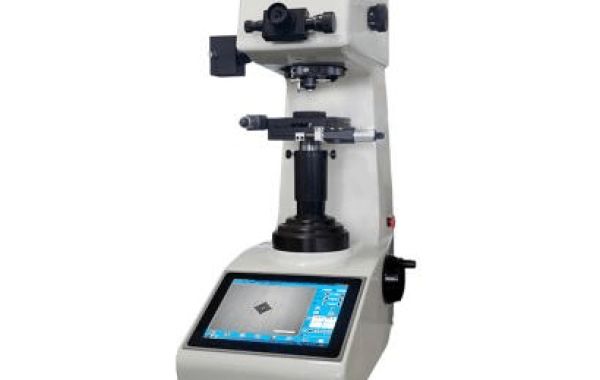Digital microscopes offer several advantages over traditional biological microscopes, making them a valuable tool in various fields. Here's a breakdown of some key benefits:
Enhanced Image Capture and Sharing
Digital microscopes allow you to capture high-resolution images and videos of your specimens. This is crucial for creating detailed reports, sharing findings with colleagues remotely, or including visuals in presentations. Traditional microscopes require manual sketches or photography setups, which can be less accurate and time-consuming. With a digital microscope, the magnified image is displayed on a computer screen. This eliminates the need to hunch over an eyepiece, reducing neck and eye strain. Multiple people can observe the specimen simultaneously, facilitating discussions and collaborative learning in classrooms or labs.
Improved User Experience and Analysis
Viewing magnified images on a large screen eliminates the need for prolonged eye contact with eyepieces, significantly improving user comfort, especially during extended observation sessions. Many digital microscope software programs incorporate built-in measurement tools. You can easily measure distances, areas, or other dimensions within your specimen with high precision, aiding in data collection and analysis. Digital images offer greater flexibility for post-observation analysis. You can adjust contrast, brightness, or color balance to enhance specific features within your specimen. Some software may even offer functionalities for basic image annotation or stitching multiple images together for a wider view.
Advanced Functionality and Versatility
Digital microscopes allow for real-time observation of dynamic processes or living organisms on the screen. You can also record videos of your observations, creating a valuable resource for future reference or sharing demonstrations. Some digital microscopes integrate seamlessly with specialized software designed for specific applications. For instance, researchers might utilize software for advanced image analysis, particle characterization, or even integration with image recognition algorithms.
Ultimately, the best choice between a digital and traditional microscope depends on your specific needs and priorities. If image capture, analysis, and user comfort are crucial aspects of your work, a digital microscope might be the better option. If your primary focus is high-resolution observation for very specific applications and cost is a major concern, a traditional microscope might suffice.







